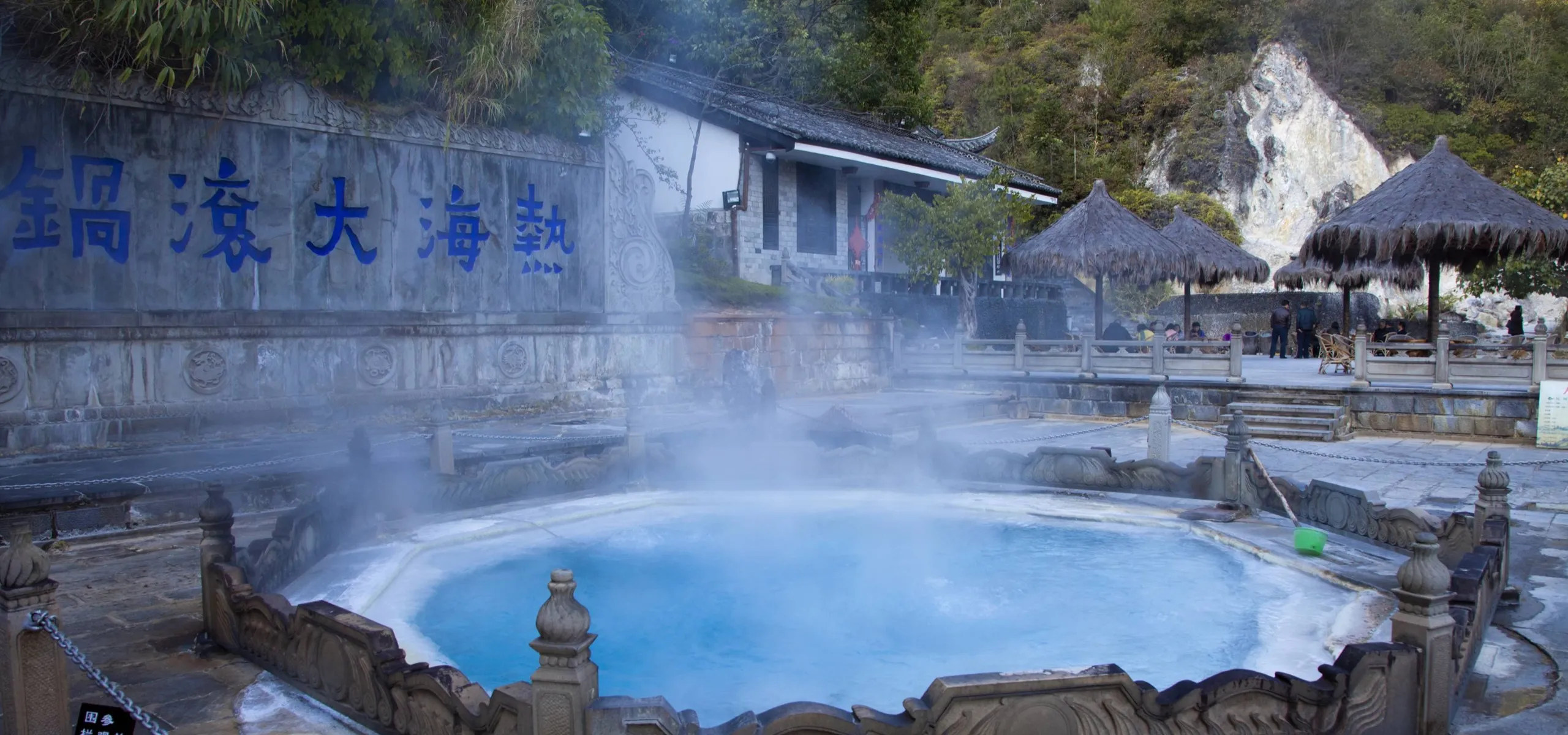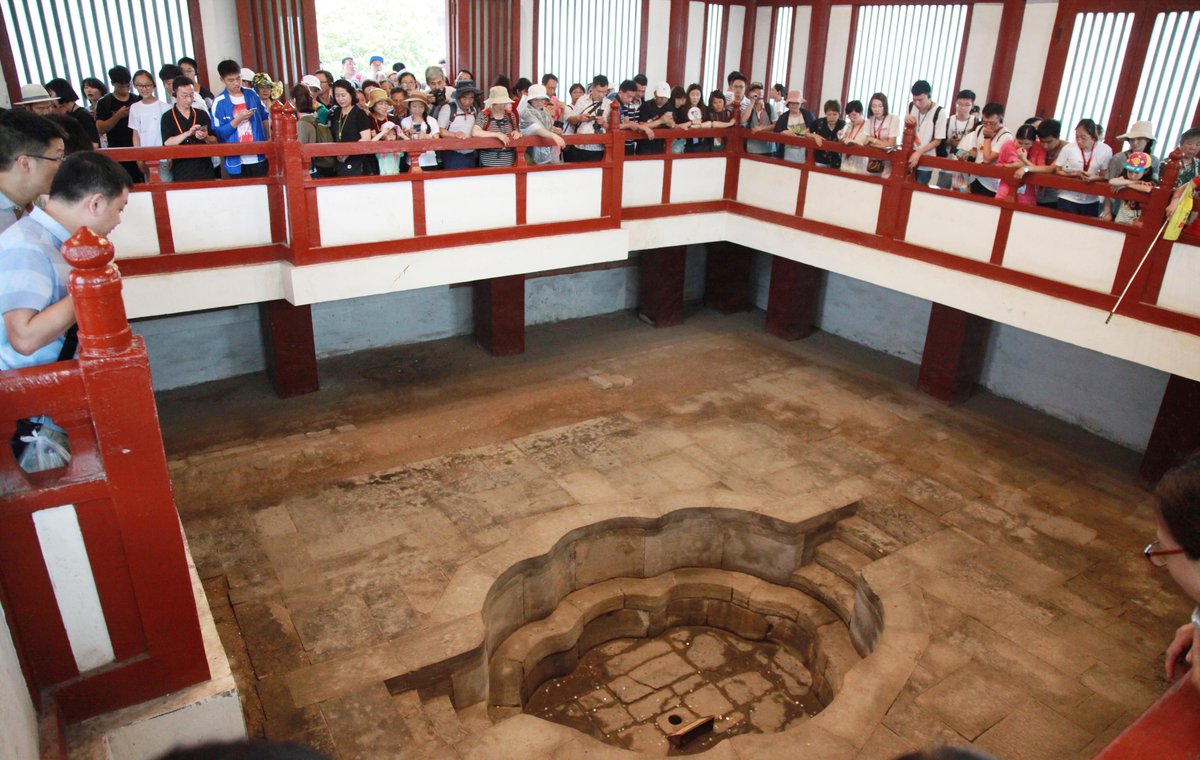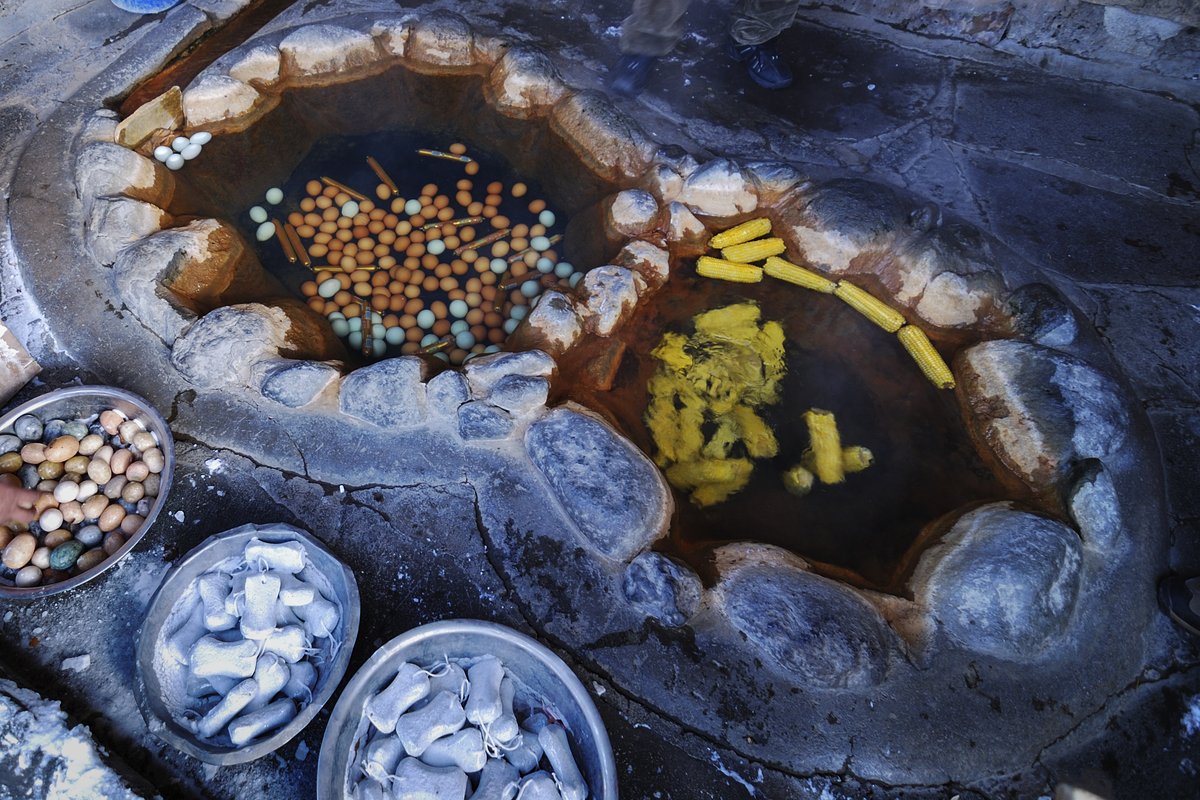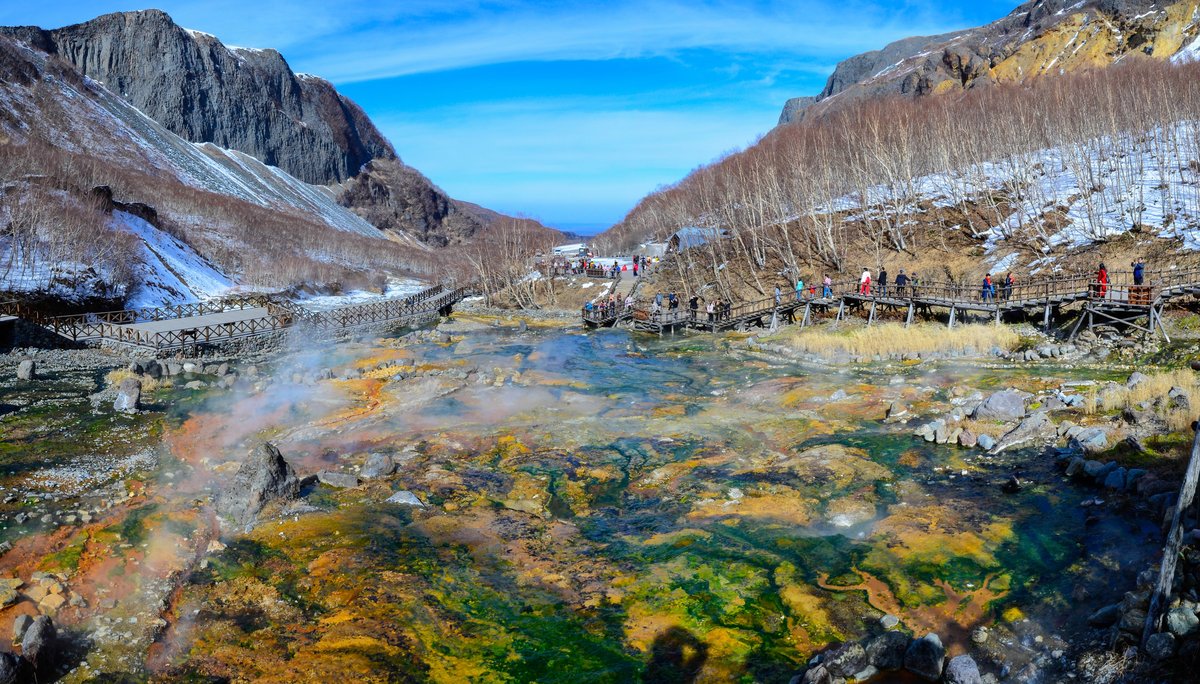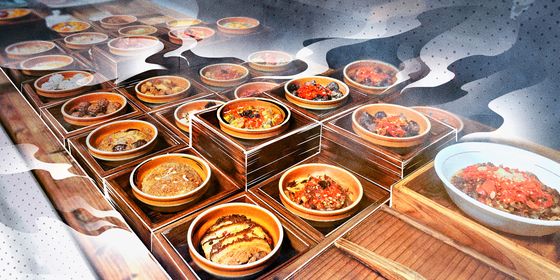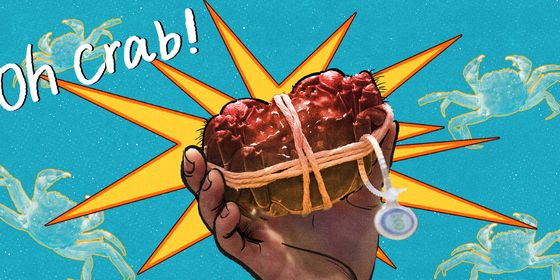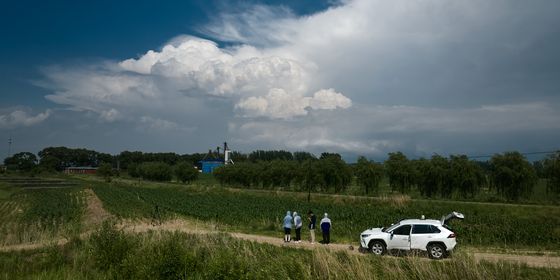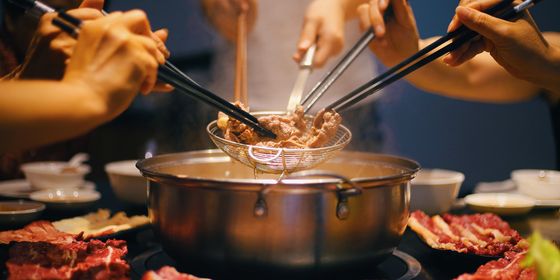What secrets bubble beneath the surface of China’s miraculous hot springs?
There’s nothing like a hot bath to reinvigorate the soul. In fact, according to Chinese folklore, natural hot springs can have magical healing properties. In The Classic of Mountains and Seas (《山海经》), a collection of tales written during the Warring States period (475 – 221 BCE), one story recounts a hunter seeing a wounded deer running through the woods. The deer heads into a hot spring, and reemerges miraculously healed.
Today, hot springs around the country are still prized for their health benefits. The mineral-rich water in the springs at Mount Li, an extinct volcano in Xi’an, Shanxi province, has been considered to have healing properties for over 2,000 years and is said to cure rheumatism, arthritis, and skin diseases.
In the Tang dynasty (618 – 907), emperor Tang Xuanzong (唐玄宗) expanded and renovated the Huaqing Palace (华清宫) at the foot of the mountain. Yang Guifei (杨贵妃), the emperor’s favorite concubine, is said to have bathed in the 43 degree Celsius waters here all year long, to moisturize her skin. In 747, the romantic emperor is even said to have constructed the Begonia Pond, a hot spring in the shape of a blooming begonia, to celebrate their love, which visitors can still see today.
While the emperor and Yang Guifei’s love has vanished in the river of time, the hot spring at the foot of Mount Li has continued to flow. A hot spring hotel now occupies the area inside the Huaqing Palace was built.
In Tengchong, Yunnan province, where the Indian tectonic plate meets the Asian-European plate, many hot springs are out in the open, dotted around villages where locals often still use them to bathe, as well as to irrigate rice paddies and even cook vegetables. Unlike the luxurious imperial springs in Xi’an, these hot springs often have simple names such as the village “hot water pond.” These watering holes are often the main hub for village gossip, where residents exchange the day’s news.
Tengchong natives have been enjoying and using these hot water pools since at least 1451, according to local records. When the Ming dynasty (1368 – 1644) explorer Xu Xiake (徐霞客) visited the area in 1639, he wrote in a poem named “Hot Springs (《温泉》)”: “The whole becomes crisp and clean, and evils are washed away…I willingly become a hot spring person.”
While some of the most popular springs are now tourist destinations, many others are free to enter or cost as little as 5 yuan for a dip.
The most famous springs are located in the “Hot Sea” area of Tengchong. A drink from the Pregnancy Well is said to help women become pregnant, a tradition dating back 300 years. There are two wells to drink from: the dragon well for women who want a son, and the phoenix well for those who wish for a girl. Though the legend is unproven, the water in these wells contains radon and fluorine that are believed to have benefits for women’s reproductive systems.
Another favorite spring is the ”Hot Sea Rolling Pot,” where heat-resistant blue algae give the water a deep azure color. The water temperature reaches as high as 97 degrees Celsius, and sulfur in the rock gives the steam a pungent smell. Here, locals don’t bathe but steam all manner of foods from quail eggs to potatoes to peanuts. Eggs stuffed with minced meat, chanterelles, dried mushrooms, and ginkgo nuts are a local specialty which visitors can buy from vendors by the spring.
Vendors also sell the “Four Geothermal Treasures of Tengchong,” namely yam, sweetcorn, glutinous taro, and sweet potatoes grown in the volcanic soil around the hot springs. The geothermal heat is believed to bring out the most natural flavors.
Another unique hot spring experience comes in the icy winters of the Changbai Mountains in Jilin. Changbai Mountain, on the border with North Korea, is in fact a sleeping volcano, with Heaven Lake at its peak. The Julong Hot Springs span over 1,000 square meters and are the largest and warmest of the area’s hot pools. Julong (聚龙) means “gathering of dragons,” and waves of heat spray out of the ground here, like dragons emerging from the deep.
As the Changbai hot springs are rich in calcium, zinc, lithium, and magnesium, a dip there can help soothe muscles and improve blood circulation. Locals even call it “divine water,” and enjoy sipping hot ginger tea during their soak.
In the winter, when the air temperature drops as low as minus 30 degrees, the hot steam from the springs freezes into a white mist on the trees, creating a winter fairy tale landscape.
Some venues also infuse the hot springs with local herbs and vegetation for a special experience. For example, soaking in a bath infused with “never old grass,” a herb unique to the Changbai Mountains, can apparently help improve heart function, accelerate metabolism, boost the immune system, and eliminate fatigue.
After soaking for a while, visitors can enjoy a local hot spring egg. Boiled in the volcanic water, the yolk is cooked but the white melts like jelly, giving it a tender feel and a slight sulfur flavor. A perfect way to soak up the atmosphere of China’s hot spring culture.





